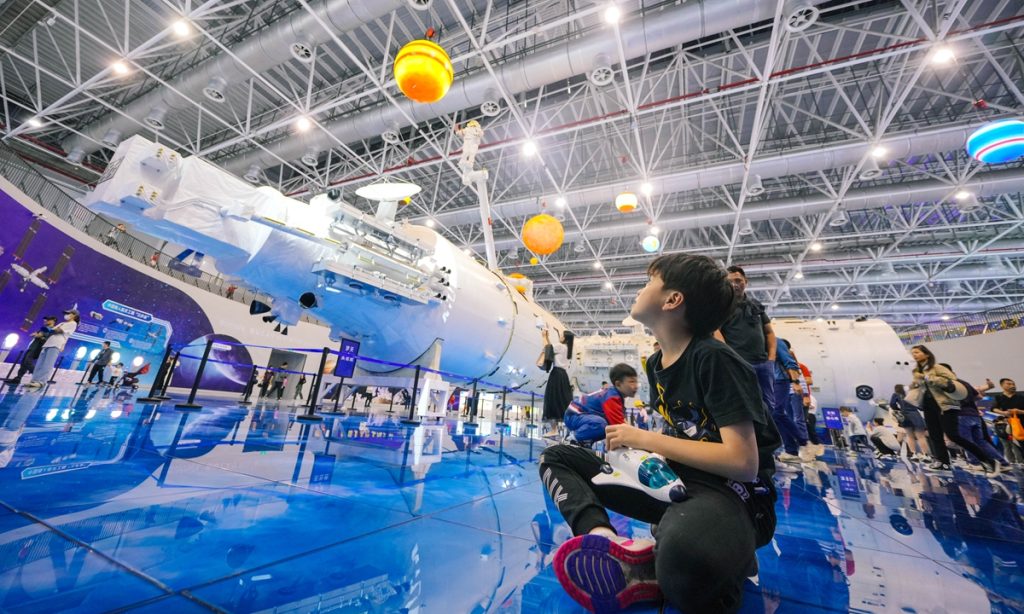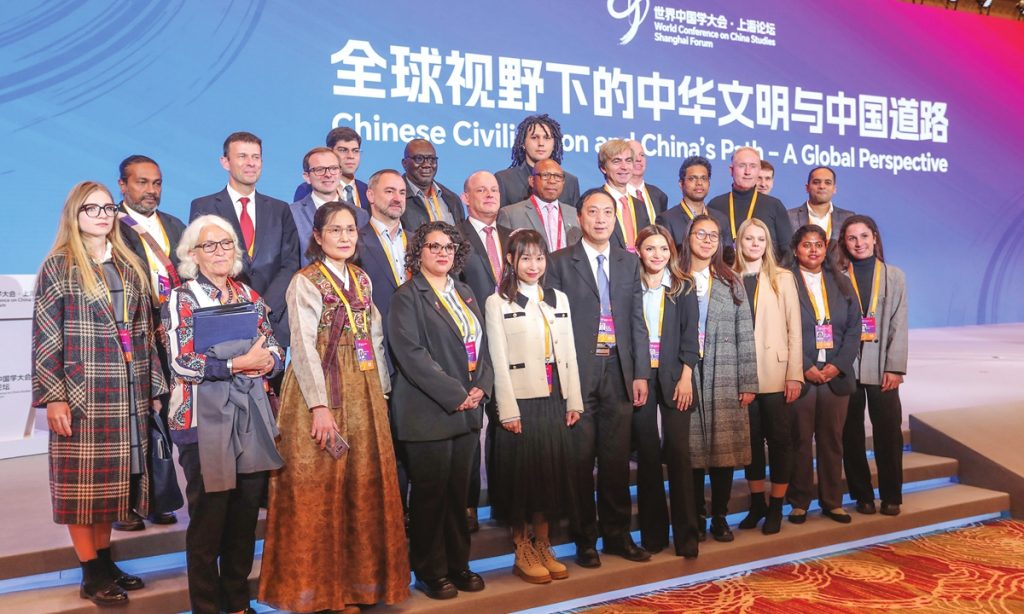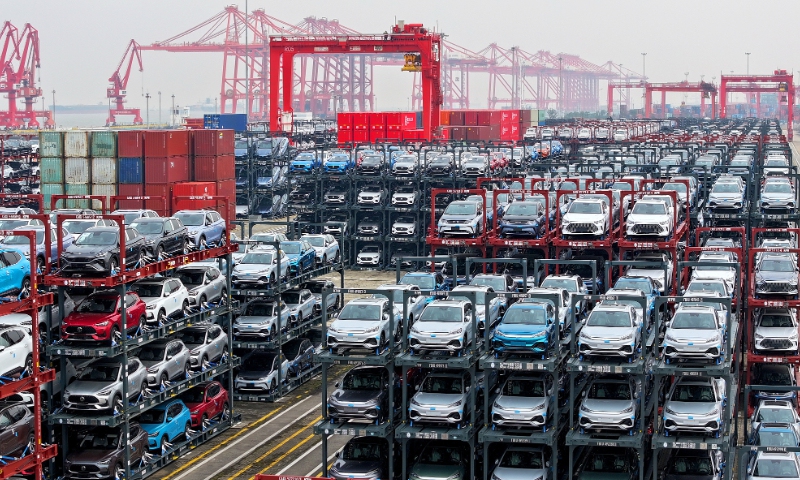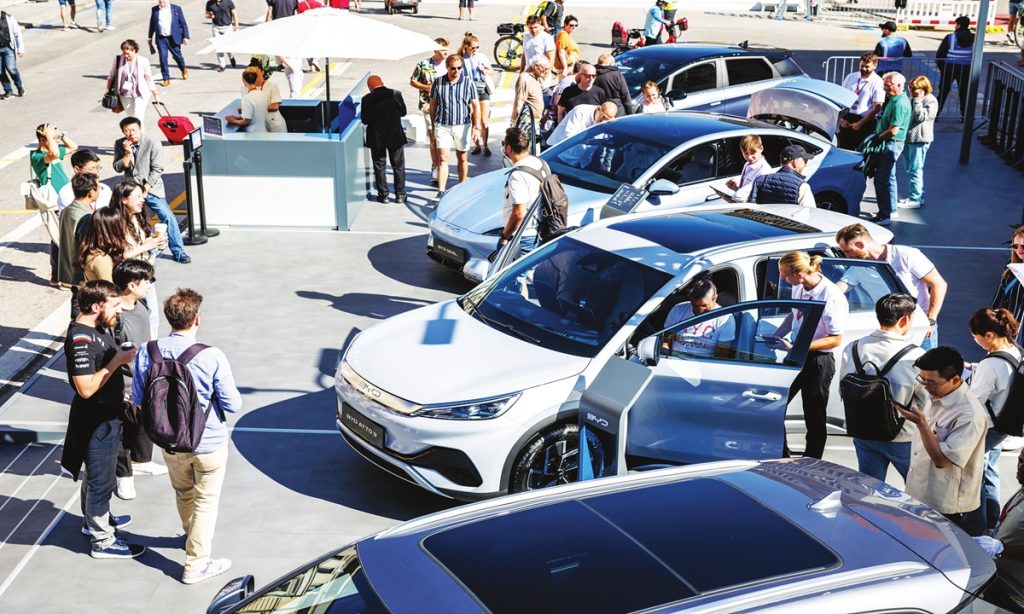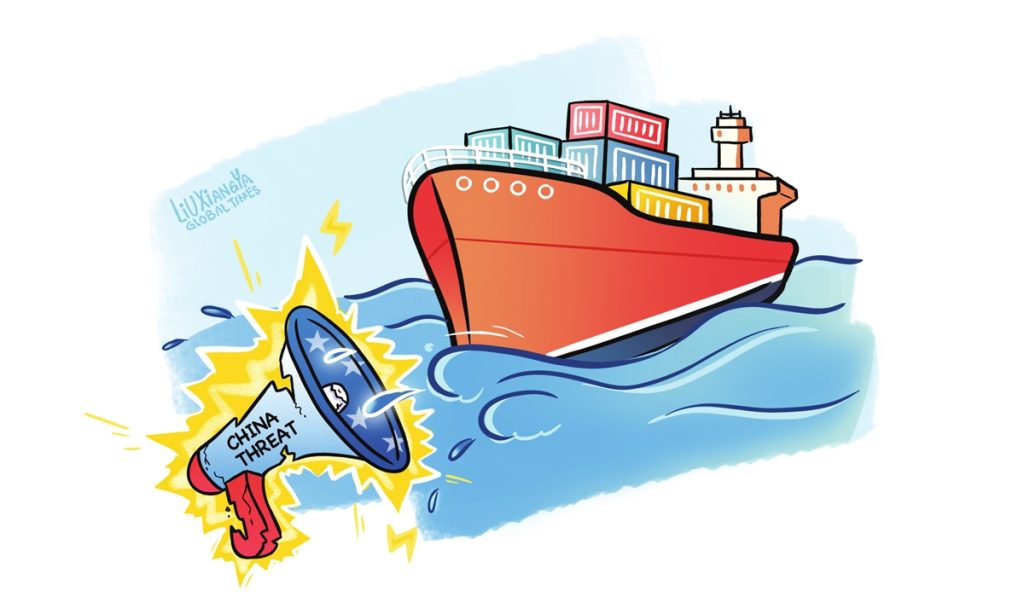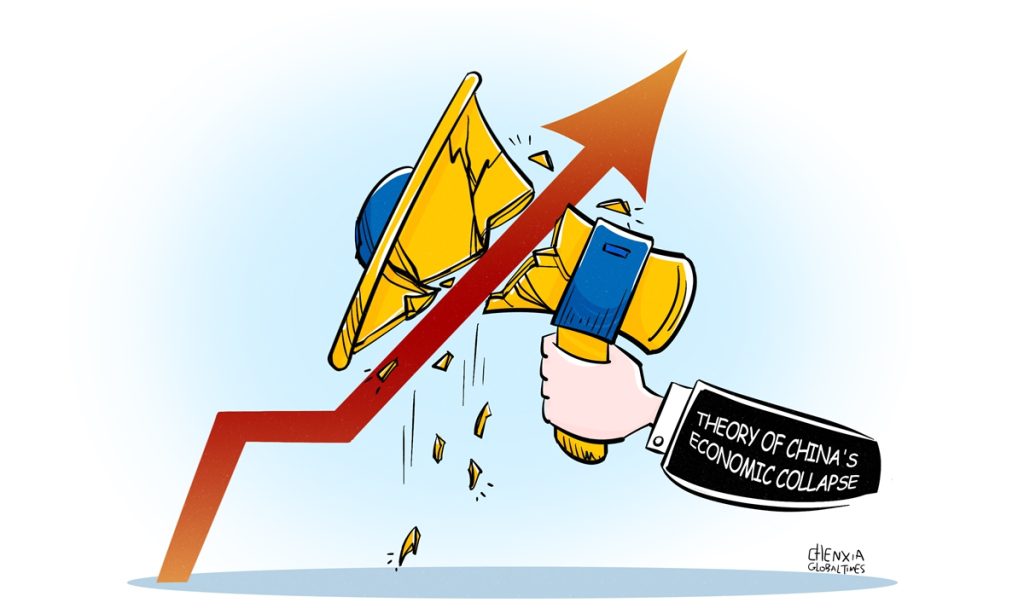US foreign policy in Middle East will become hostage to American domestic politics: renowned expert

Editor's Note:
Houthi rebels in Yemen said, on Monday, that they attacked a US ship in the Gulf of Aden after US launched airstrikes on Houthis. The situation in the Red Sea has grown increasingly tense in recent weeks, showing the spillover effect of the ongoing conflict in the Gaza Strip. What will possibly happen next? Is it possible for a larger conflict to happen in the Middle East? How will new tensions affect the ongoing Palestine-Israel conflict? Global Times reporters Xie Wenting and Bai Yunyi (GT) spoke with Yezid Sayigh (Sayigh), a senior fellow at the Malcolm H. Kerr Carnegie Middle East Center, on these and other pertinent issues.
GT: The US has launched another airstrike on Houthis in Yemen on Friday. How do you predict the future development of the situation in the Middle East? How do you assess the possibility of the eruption of a larger conflict that will involve more parties?
Sayigh: The fact that the US is taking direct military action crosses a certain threshold. So far, the US has taken a deterrent posture against Iran and Hezbollah, and so on. But it hasn't taken on a major direct combat role. The situation in which they get involved in Yemen, with air attacks on the Houthis, is going to be more complicated.
The Houthis are in a much stronger position than forces like the Syrian militias or even Iraqi militias in some respects. Their impact on Red Sea shipping is potentially more major for the US to get directly involved militarily.
The question then is, what happens next? If the Houthis retaliate and hit back, does the US then escalate its move? How far will they go? Already, the US is increasing the risk of direct confrontation with Iran. If the Houthis are not deterred and continue their attacks, will the US threaten Iran or escalate military action against the Houthis? Both options are highly risky and undesirable.
I think the risk of a wider war is obviously increasing. However, at the same time, I think that the key parties will not go beyond a certain point into direct confrontation. At the same time, they have already started what we call an escalation spiral.
But the US is in a very risky situation, and it increasingly looks as though it is entering the war on the side of Israel as well. None of this is helpful for their strategic position, and none of this is helpful for the Biden administration. President Biden is starting the election year while possibly starting a new war in the Middle East. Every American president so far for the last 30 years has launched a war in the Middle East: George Bush Senior, Bill Clinton, George Bush Junior, and Obama in different ways. Trump also engaged to some extent. Now we have Biden risking yet another American war in the Middle East after having pulled out of Afghanistan.
I think all of this is politically very damaging for the US. But right now, the situation in the Red Sea is partly because Biden decided to support Israel in a certain way by signaling military support - both direct military assistance to Israel and by deploying his naval fleets in the Mediterranean. He has already, in a way, signaled military deterrence that encouraged Iran to use military deterrence. Biden, in a way, started this escalation spiral from the beginning with his immediate deployment of military assets to the Mediterranean.
GT: What kind of incident would be a trigger point for a direct confrontation between the US and Iran? How do you assess the likelihood of such confrontation happening?
Sayigh: I think that the direct use of more technologically advanced missiles by the Houthis against US navy ships in the Red Sea could be perceived by the US as a qualitative shift. This could lead the US to realize that bombing more Houthi targets is pointless unless it engages in large-scale bombings, but this is problematic. Alternatively, it may choose to directly threaten Iran, which is also problematic.
It is difficult to say whether such a confrontation is likely or not. On one side, Biden has embarked on a path which, in order to maintain credibility, he must continue on a course that raises the risk of confrontation. I think because we're now talking about Red Sea shipping and the threat to global trade, which the US government has basically said it's going to protect, it's harder for Biden to retreat.
GT: How long do you think the current situation of disrupted shipping in the Red Sea will last? Is it possible for the US to assert de facto control over the Red Sea under the pretext of counterterrorism?
Sayigh: The US cannot afford, in terms of their strategic credibility, to allow the Houthis to continue this nonstop for much longer. But how can the US stop it? This is a more difficult question. They would have to militarily punish the Houthis enough for them to say the pain is too great and they must stop. But the Houthis can probably take a lot of damage before they stop.
It is interesting to think back to the 1980s when Iraq and Iran engaged in attacks on shipping in the Gulf in an attempt to disrupt each other's oil shipments and coerce one another into ending the war. Later the US intervened and deployed a substantial naval presence.
Are we looking at the same scenario today? Maybe. But let's remember that in the 1980s, the shipping war lasted for a very long time. It involved a major US deployment, and it wasn't easy to stop. So, I think it's a difficult challenge for them today. They're fighting the Houthis, who of course, are much weaker than Iran and Iraq. But in a way, they're also a difficult target because they're a poor army already. It's not like you're attacking a country that has a lot to lose. There aren't many high-value targets that can be struck if the US attacks the airport, oil refineries, or oil tankers, for example. The US is causing misery for one of the poorest nations on earth, where 80 percent of people depend on food supplied by the United Nations. What is the US going to do? Is it going to increase the food crisis, energy crisis, and poverty crisis of a country that is already devastated by war?
The options are all very bad, and lack obvious military solutions. The risk for the US is that Biden will have to increase airstrikes from 10 to 20, and then to 40. This escalation appears to be the start of a new US war in the Middle East, which poses a significant problem for a president who is facing elections this year. The costs to start a war in the Middle East are too high.
GT: Considering the recent developments in the Middle East, how long do you think the conflict between Israel and Hamas will continue, and in which direction is it likely to evolve?
Sayigh: All I anticipate for Israel and Palestine is that the Israeli combat in Gaza will continue for many more months to come. For now, there is no meaningful Western pressure on Israel to change its strategy. The Western response, which disregarded international humanitarian law and the rules of war, also signifies a moment of change in world history. The liberal order that the West claims to protect and uphold since 1945 has been abandoned by the West itself.
But I think that Western governments won't change their policy. This is because the US is going through a presidential election, and no president in the US is going to confront Israel in an election year. I believe this remains the case.
I think the one thing that is happening right now, which is really interesting, is the South Africa's genocide case against Israel in the International Criminal Court. This is a significant diplomatic act. It won't force Israel to stop what it's doing, but if the court issues any kind of ruling against Israel, I think that will be very significant for public opinion.
The bottom line is, I think, Israel will continue its military operations, and as long as Western governments allow this, the fighting will continue and the damage to Western credibility in the rest of the world will continue.
